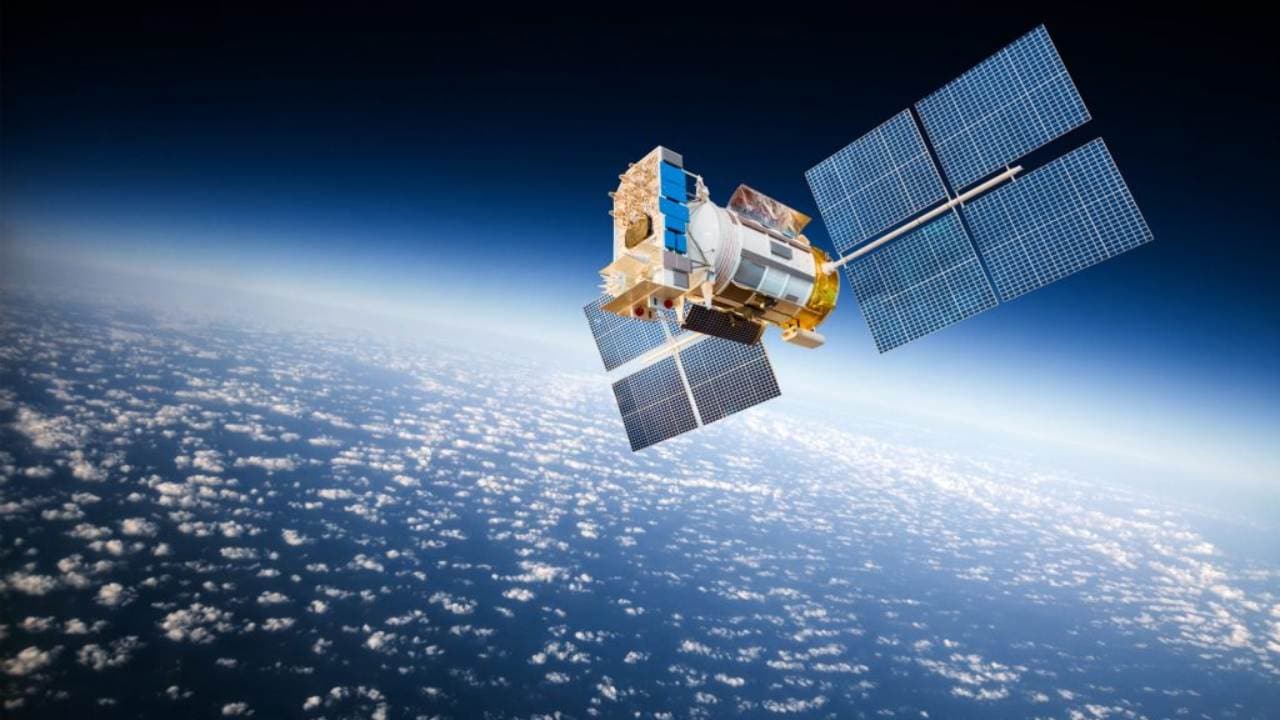
India is pushing tech giants to start using NavIC in smartphones. Here’s all about its new home-grown navigation system.
What is NavIC?
NavIC, Navigation with Indian Constellation is also known as the Indian Regional Navigation Satellite System (IRNSS). The new system is considered to be at par with America’s GPS, the Russian Glonass, and Europe’s Galileo.
Making innovative applications to the entire community in the ocean-based services, especially for the underserved and unserved, the NavIC constellation is really going to create history, according to ISRO Chairman K Sivan.
By using receivers on the ground, IRNSS-1I will help in determining position and time accurately through signals in a space covering India.
NavIC, which is designed to provide accurate position information service to users in India as well as the region extending up to 1500 km from its border, can be included in Garmin’s handheld devices GPSMAP 66sr and GPSMAP 65s.
The services associated with IRNSS are Standard Positioning Service (SPS) and Restricted Service (RS), which are provided to all and authorized users, respectively.
More on the navigation system and its capacity

Indian Prime Minister Narendra Modi revealed that NavIC offers terrestrial and marine navigation, fleet management, disaster management, and vehicle tracking. It also offers voice and visual navigation while driving. Additionally, it is also a navigation aid for travelers and hikers. The system was first approved in 2006 but became operational in 2018 at a development cost of $174 million.
To ensure the availability of the NavIC signal in any part of the world, India’s satellite navigation policy draft for 2021 stated that the government will work toward “expanding the coverage from regional to global.”
NavIC is designed specifically for “strategic sectors” in order to eliminate reliance on foreign satellite systems for navigation service requirements.






